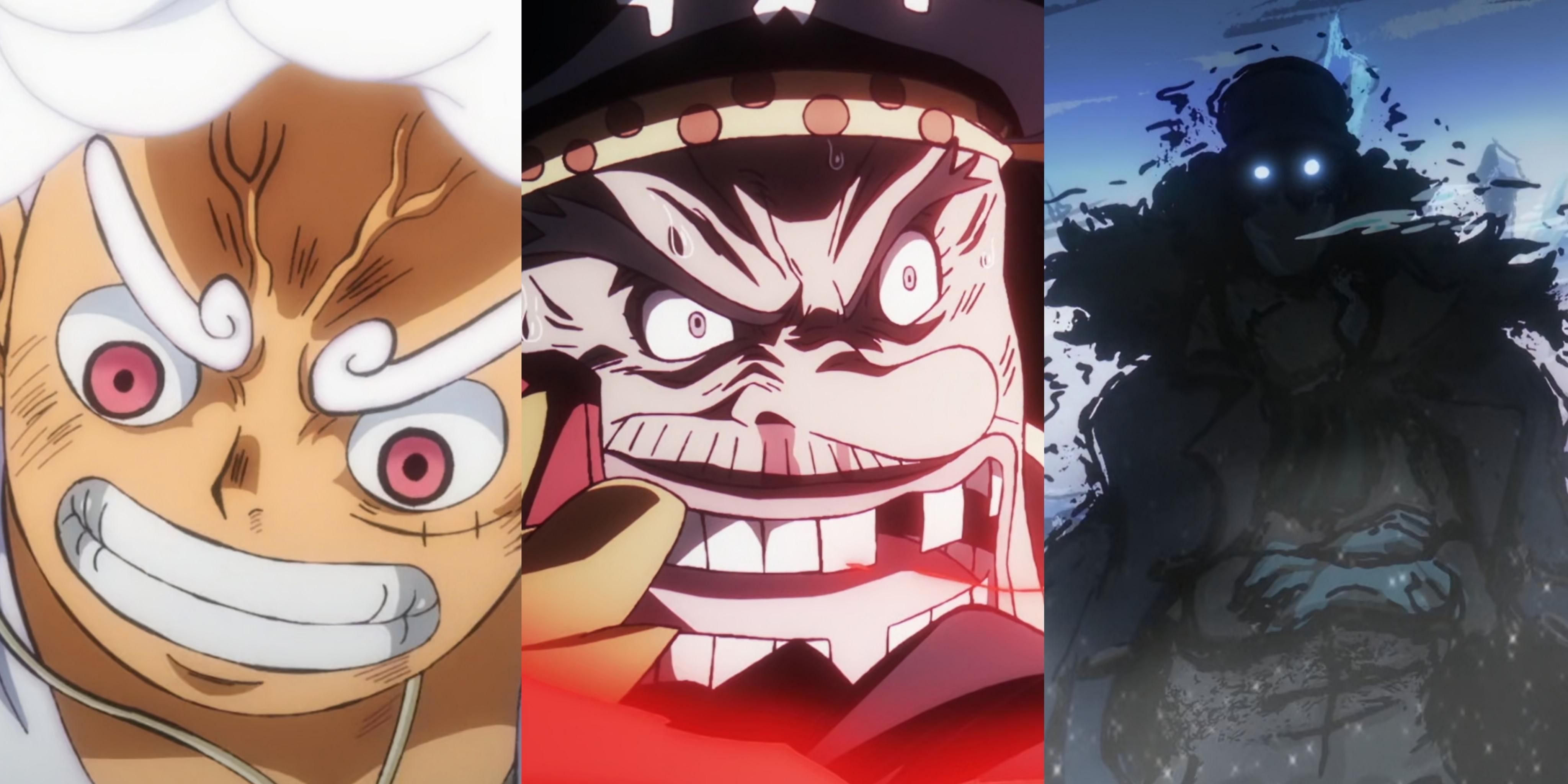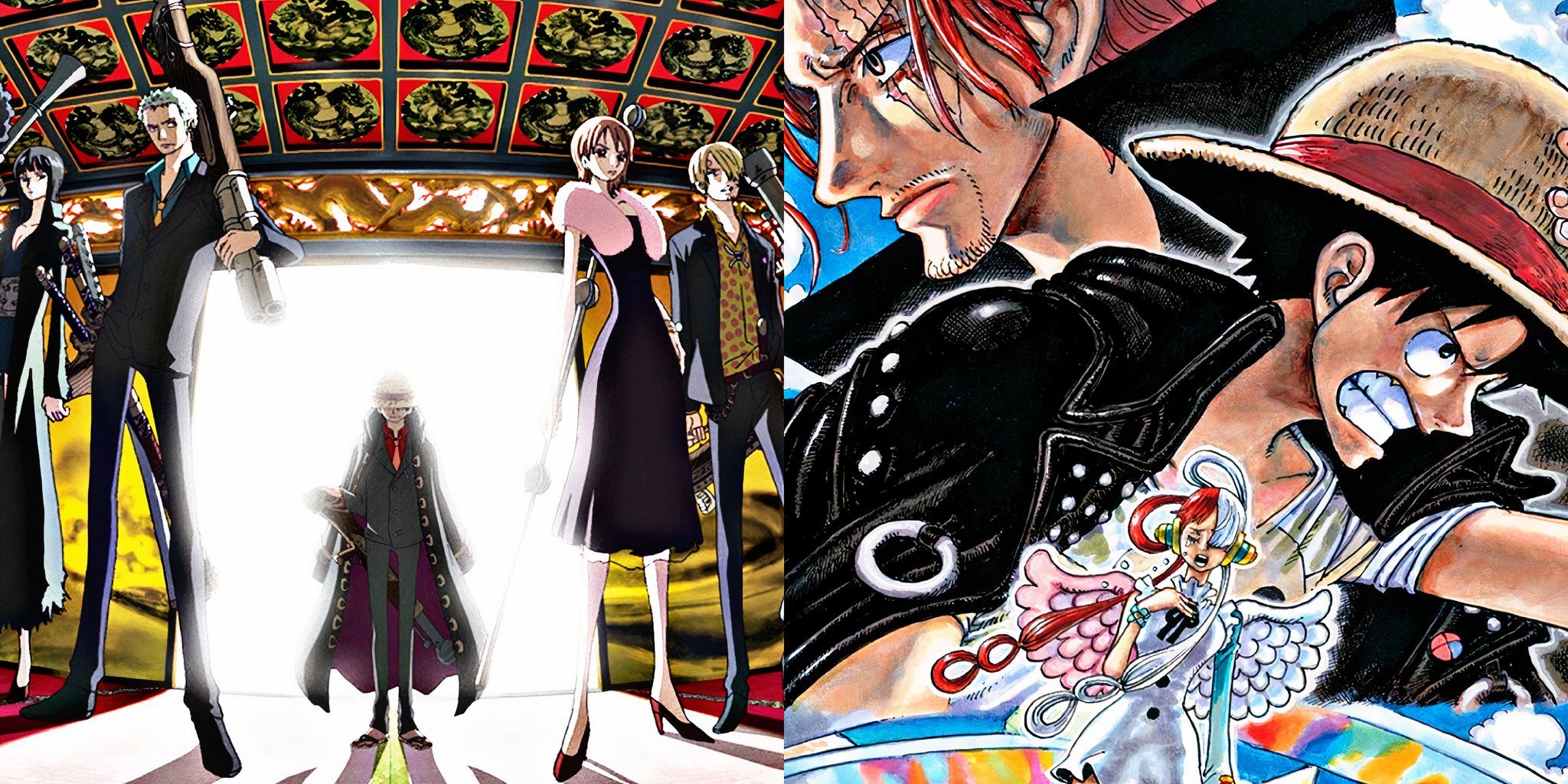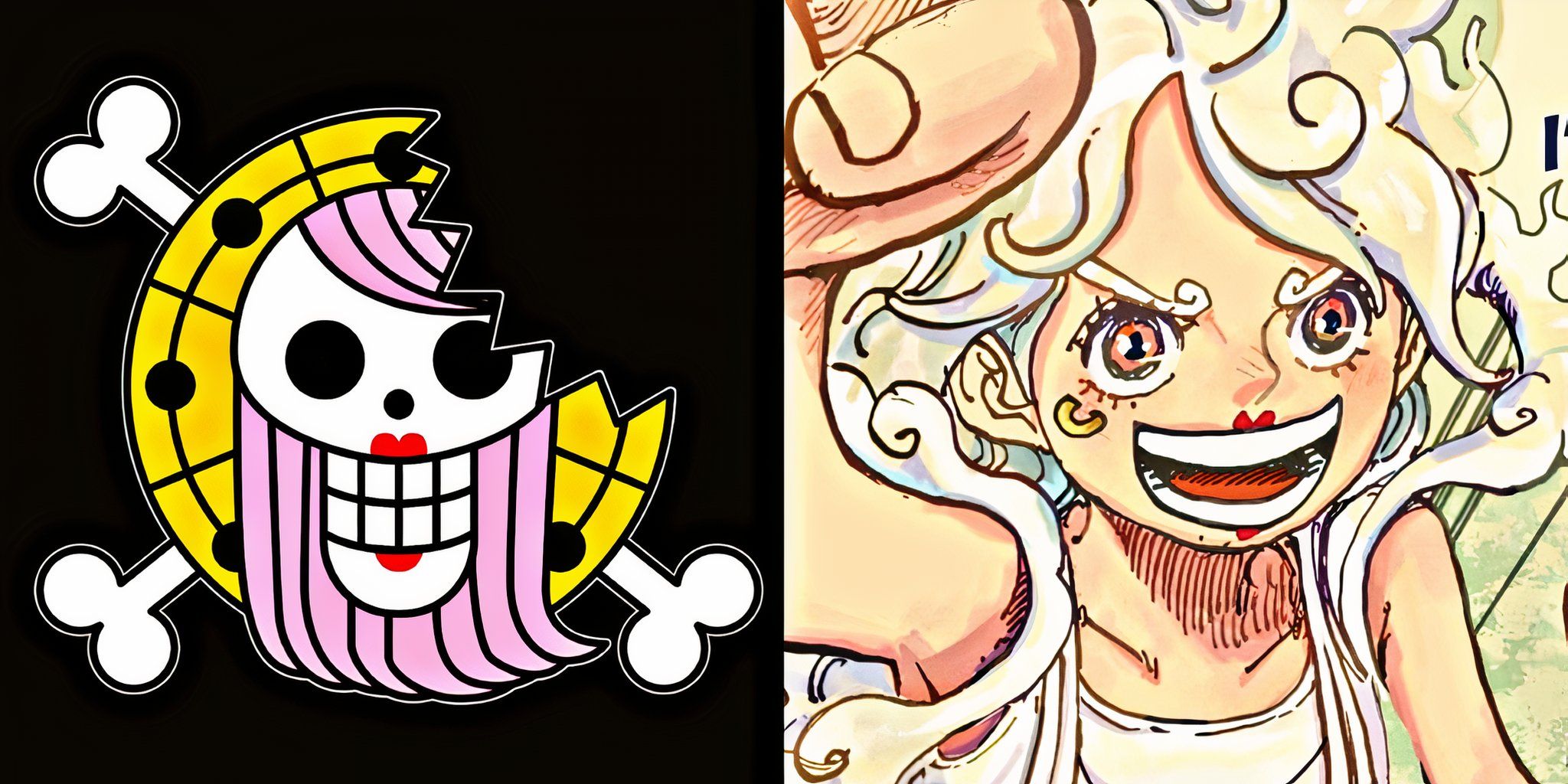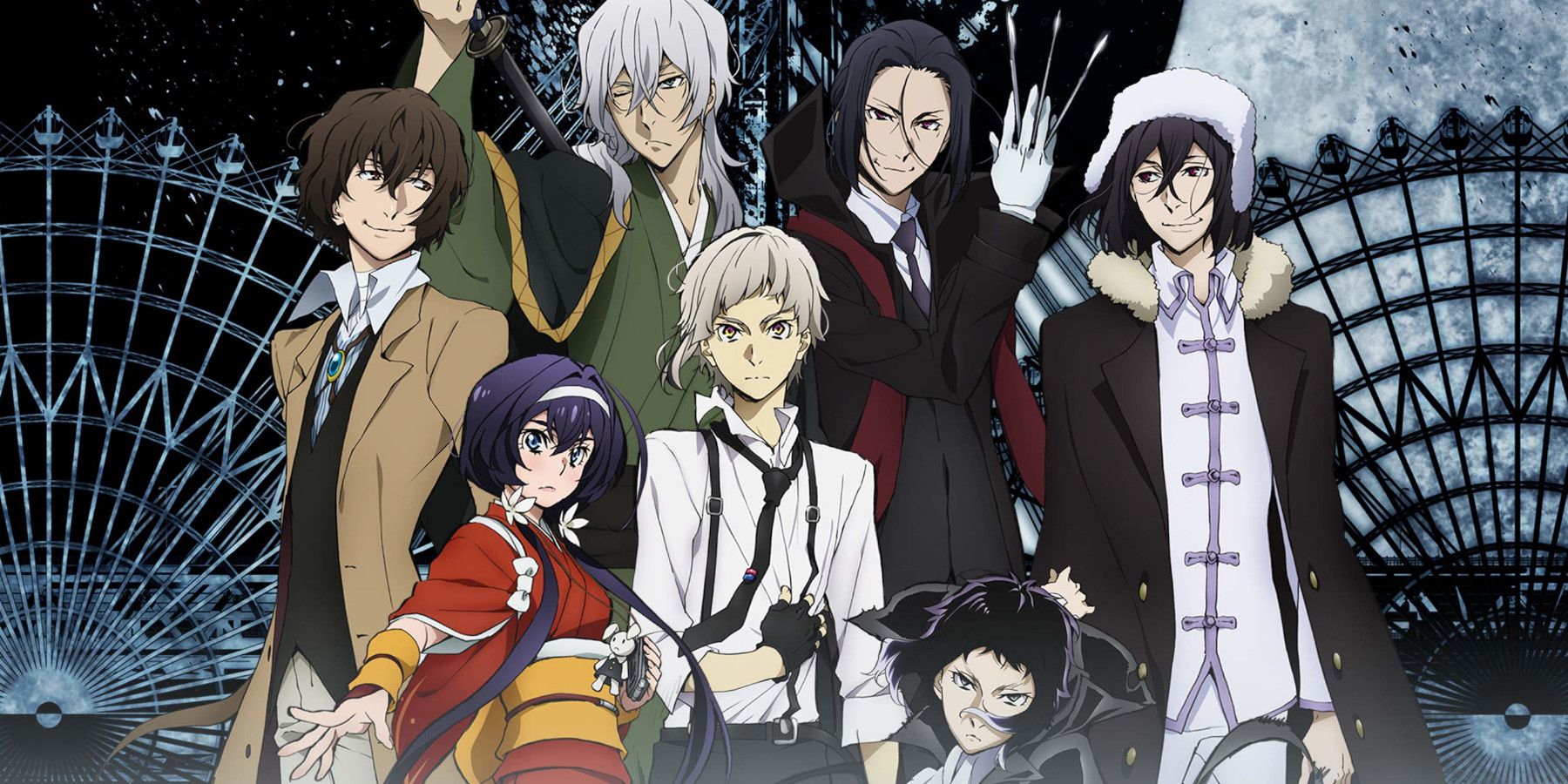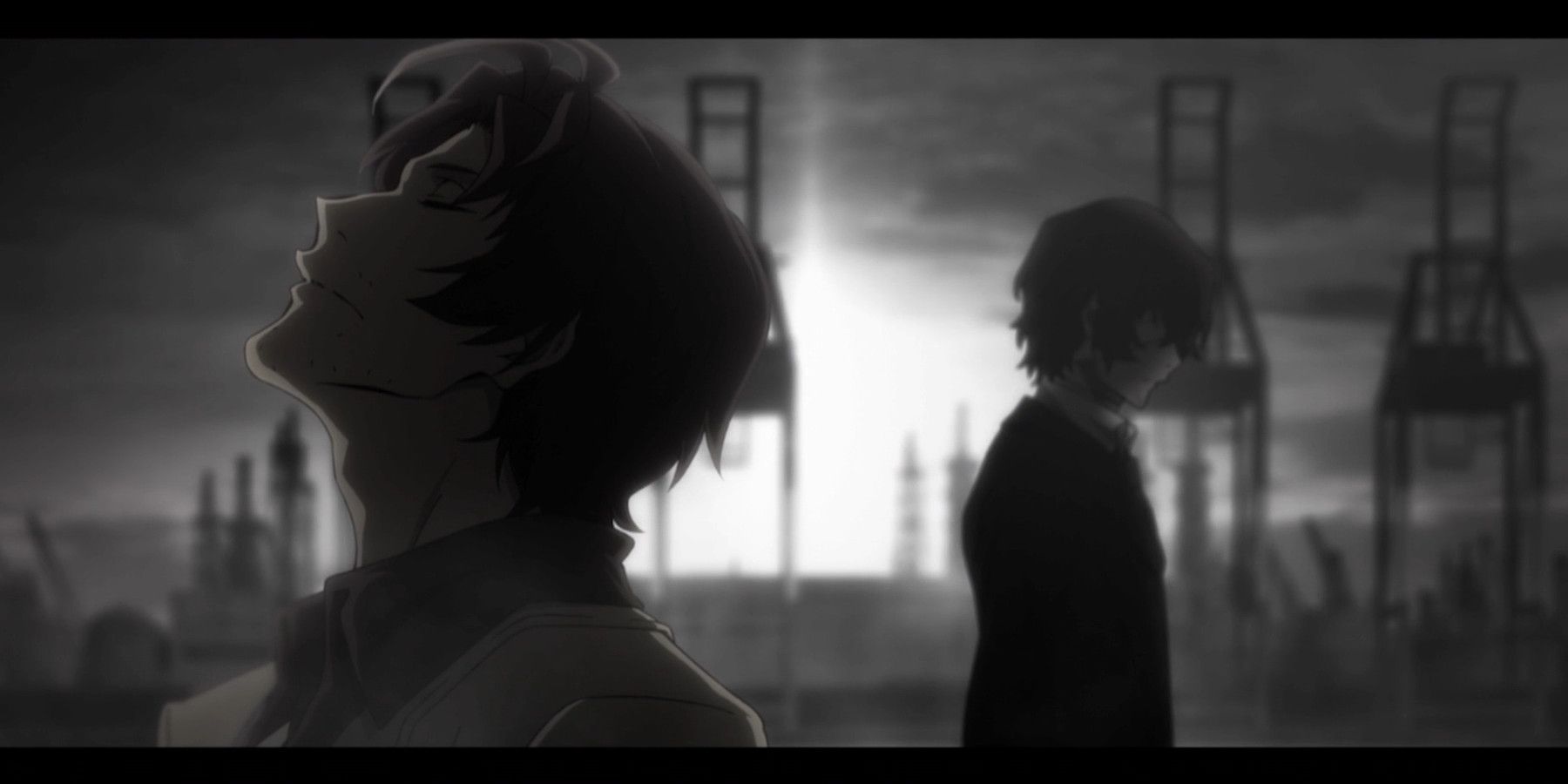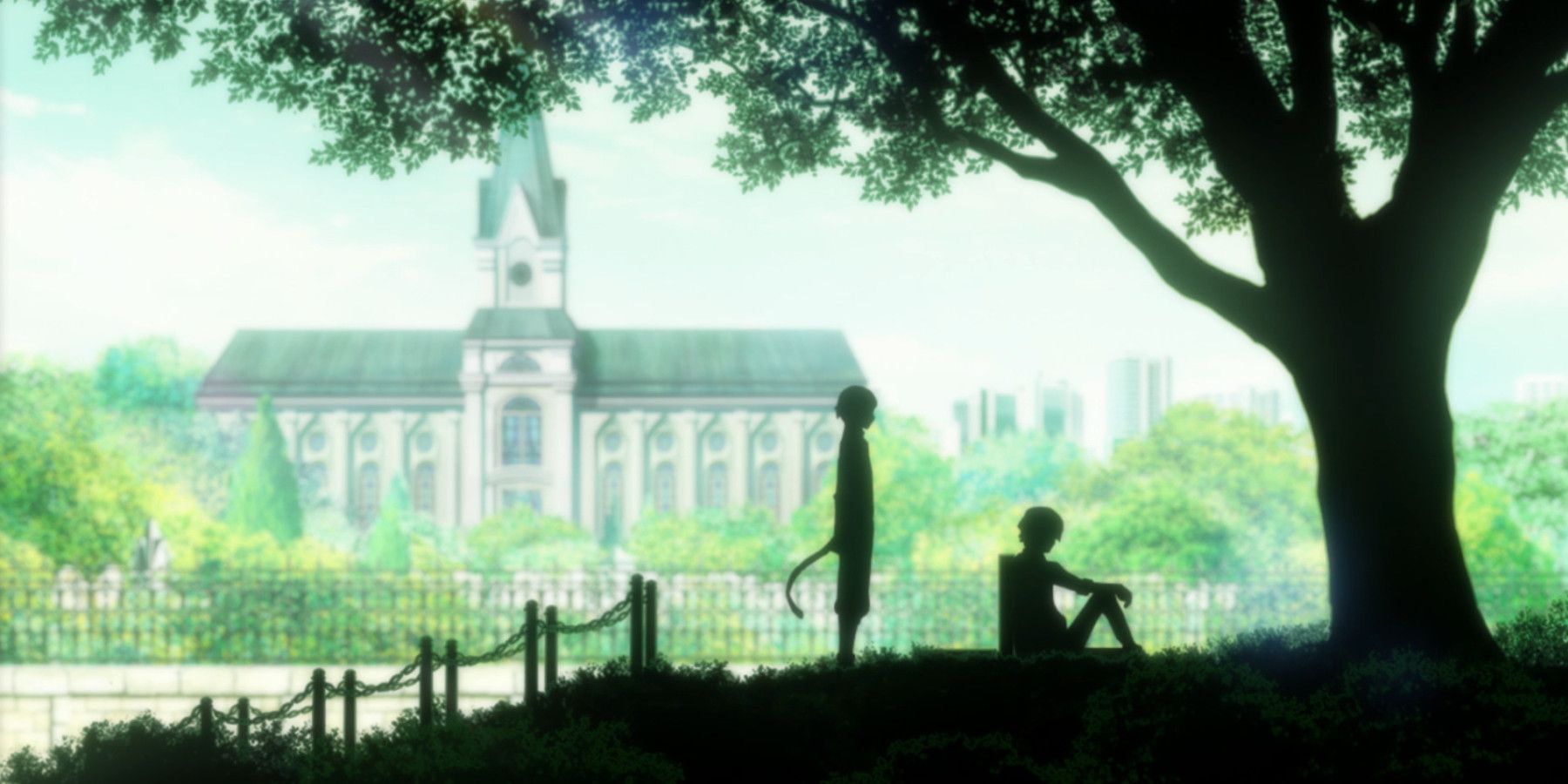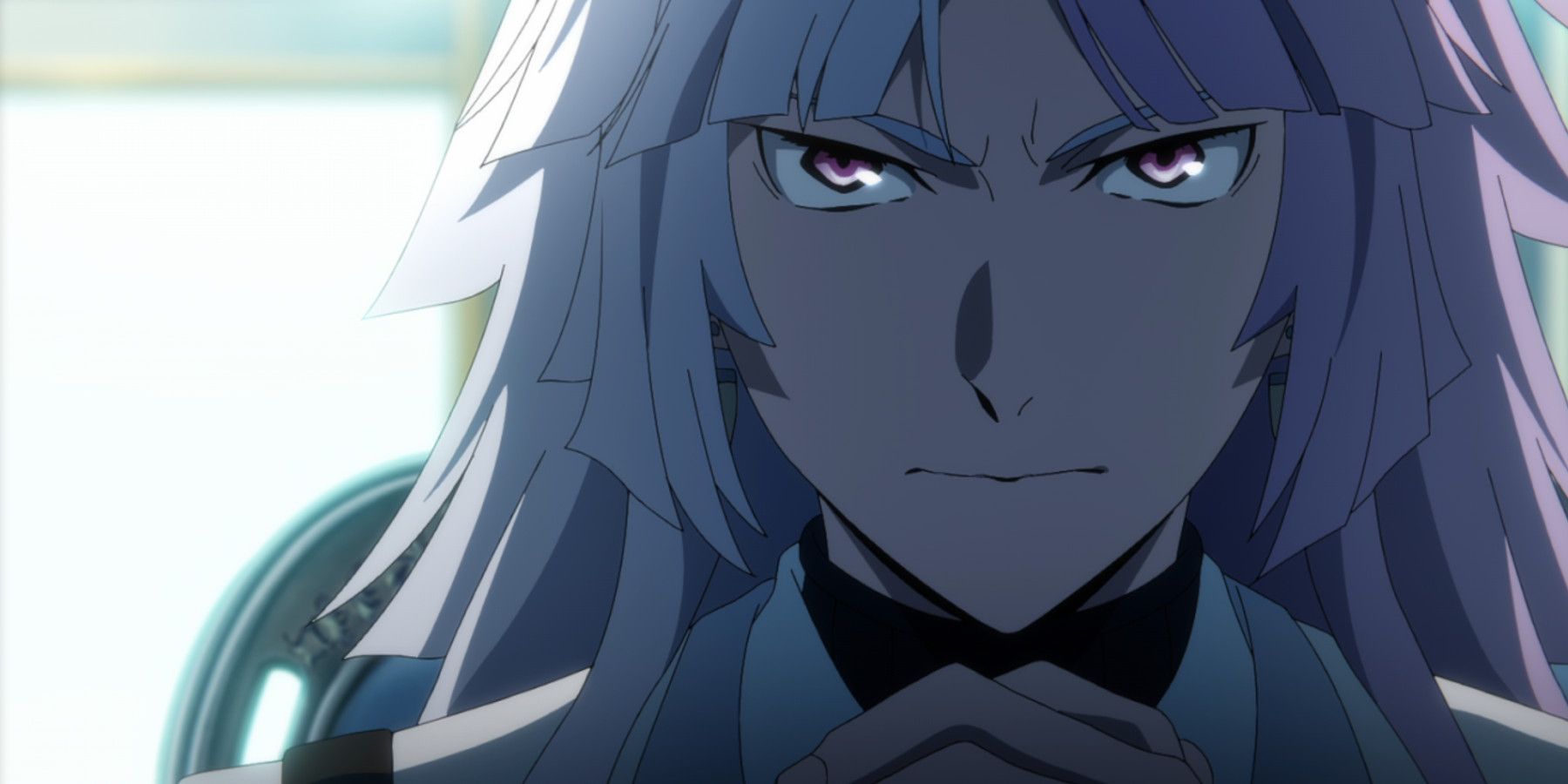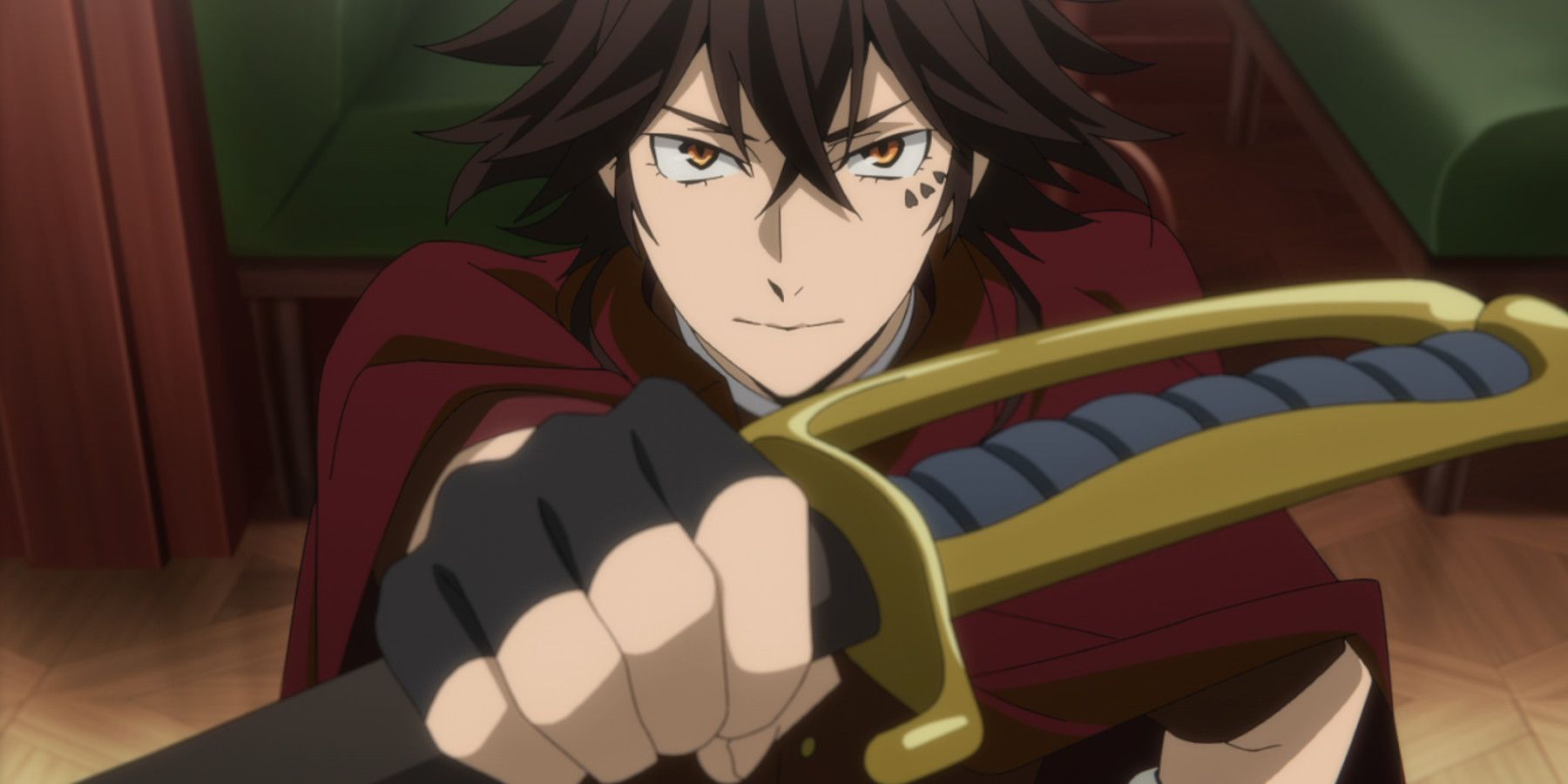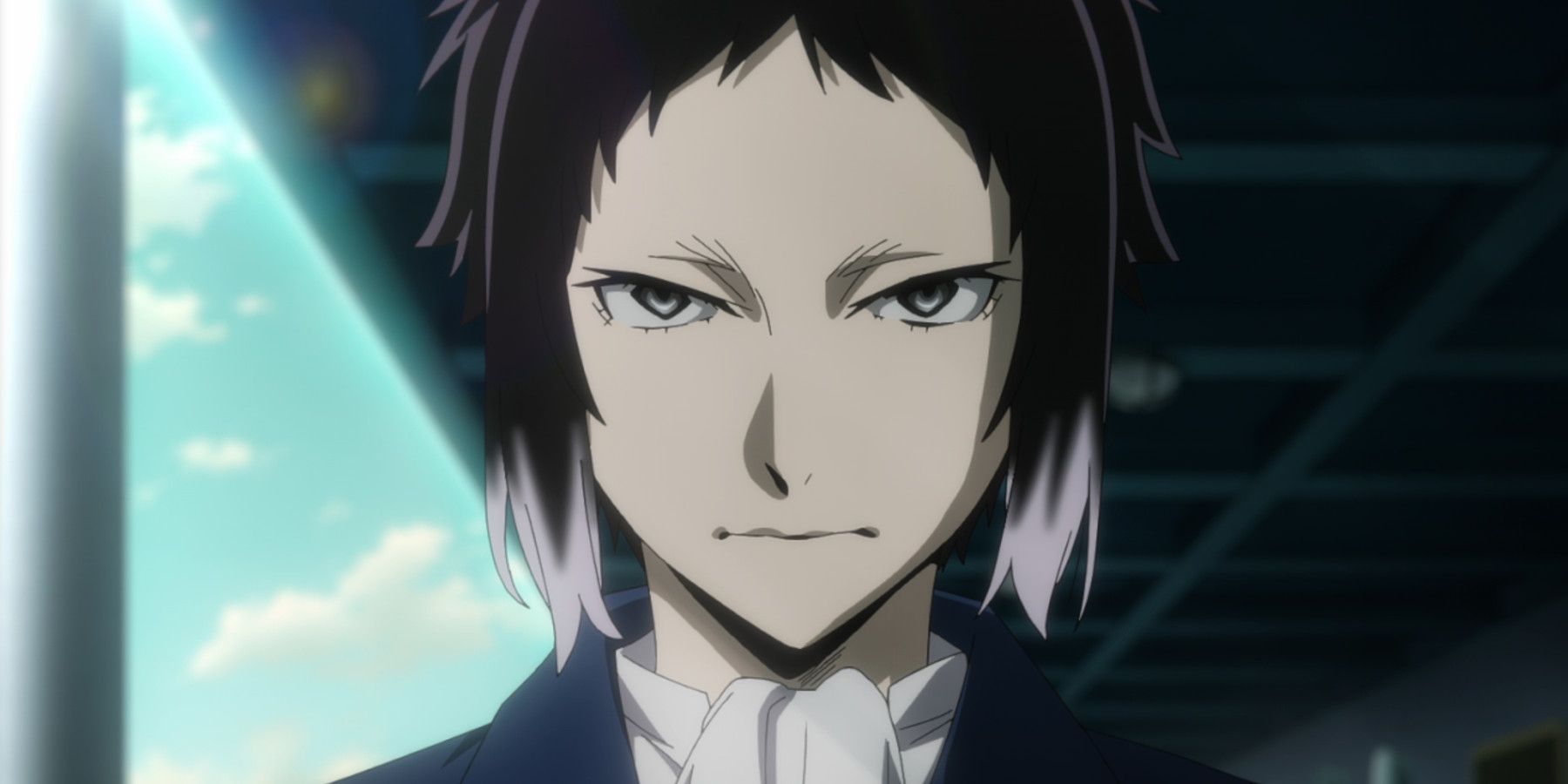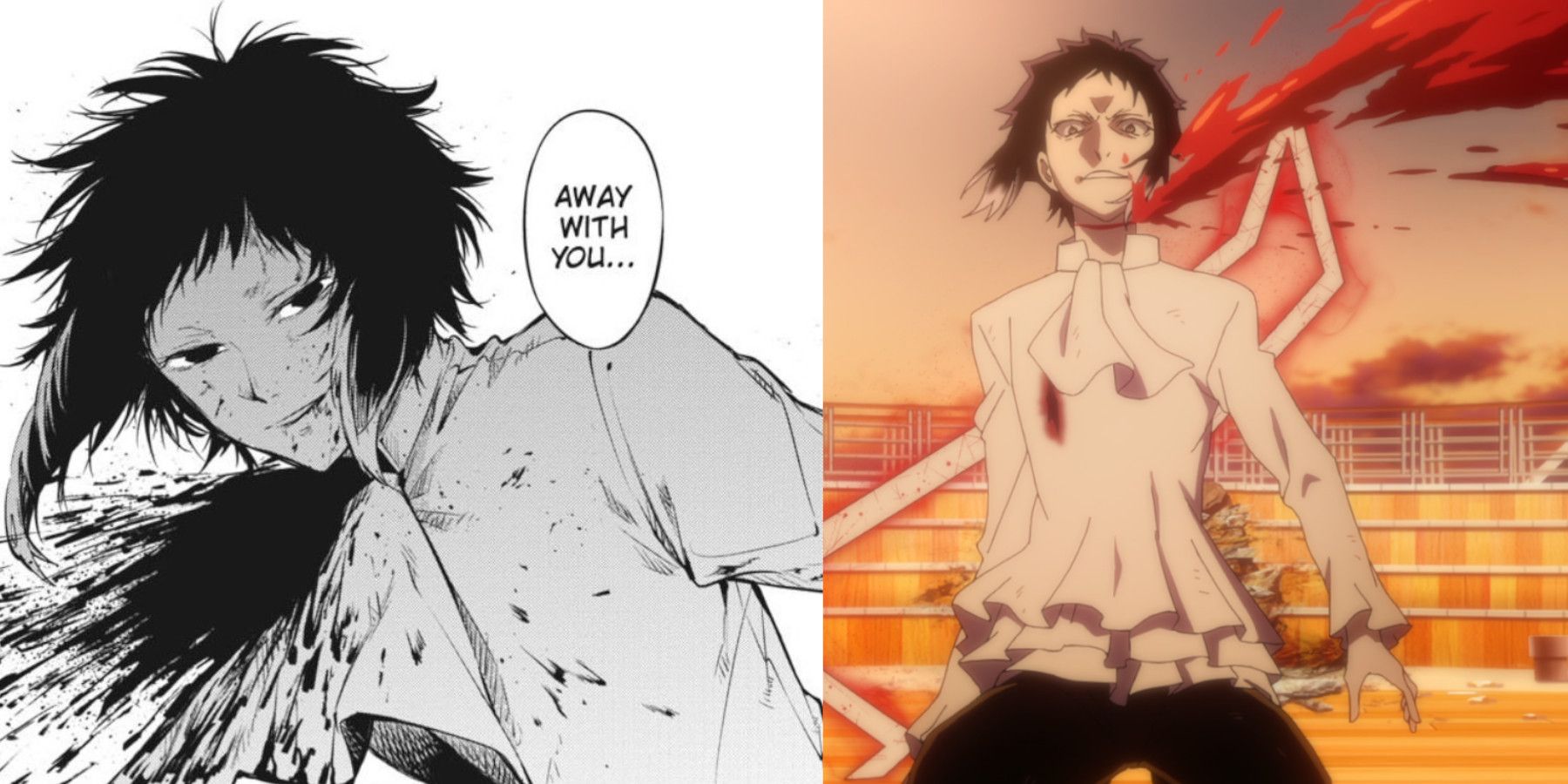Highlights
- Bungo Stray Dogs Season 5 has a confident production team that brings the story to life with impeccable balance between comedy and drama.
- The animation steadily improved throughout the series, evolving alongside the team's familiarity with the world and characters.
- Recent criticisms include pacing issues and the omission of smaller scenes that endeared audiences to the show, but overall, there is still a lot to love about Bungo Stray Dogs.
Warning: This contains a major spoiler for Bungo Stray Dogs Season 5, now streaming on Crunchyroll.
Bungo Stray Dogs is currently in the thick of its fifth season and while the reception has been extremely positive, there has been a bit more criticism of the adaptation in recent months. Studio Bones is one of the proudest animation studios in Japan and the producer of some legendary hits, but has their take on Kafka Asagiri's detective story done the story justice?
Bones began airing the anime back in 2016, directed by Takuya Igarashi (Soul Eater, Ouran High School Host Club) and written by Youji Enokido (FLCL, Diebuster). The story follows a cast of superpowered detectives based on real-life poets and authors as they fight against equally superpowered criminals and terrorists to protect the city of Yokohama, Japan.
The Good
Looking at the bulk of this series, the answer to the titular question seems to be a confident “YES,” thanks to a fierce production team captained by a director at the top of their game. As we’ve written about in the past regarding director Igarashi, he has an impeccable talent for balancing comedy and drama, creating stories that can appeal to wide audiences. His style transforms Bungo into the epitome of cool.
Season 1’s narrative was modest and made for an entertaining watch, but Season 2 raised the stakes with better action, better music, and a much bigger threat. As they were both aired in the same year, this set and spike cemented Bungo as one of Bones' next great productions, and though it would be some years before Season 3, the team had more surprises in store.
With the film Dead Apple and the long-awaited third season, the series only seemed to grow bolder. The animation steadily got better, and the overall aesthetic evolved alongside the team’s familiarity with this world and its characters. This was no longer just an adaptation but a creative statement in itself. What started as a simple premise basked in colorful hues turned into a cinematic spy thriller that carried itself more and more confidently.
Furthermore, Bungo Stray Dogs was no longer simply an adaptation of the manga, but a full adaptation of the IP. Ever since Season 2, the first handful of episodes would adapt one of Asagiri’s novels. These arcs were often very different in tone and aesthetic from the main story, but they fleshed out the world and helped deepen the characters. Plus, once the story returned to the present, the pacing was tighter and rarely lulled.
The Bad
Naturally, there have been low points, as well. For all of its cinematic flair, Dead Apple suffered from how it portrayed Atsushi as a protagonist and the movie as a whole could be a tad overambitious, which could make its narrative a bit confusing. But for many fans, the biggest problems with this series- and how big will vary by viewer - are recent ones.
Season 4 was a complicated beast. Whereas the two previous TV runs had such climactic conclusions, this was the start of an arc so huge that not even the manga is finished with it as of the time of writing. Furthermore, the nature of the arc made it difficult to pace out a single season. The flashback arcs which doubled as novel adaptations, which were once a blessing to the pacing, struck the audience as a hindrance.
Season 5 is the first not to contain one of these since the very beginning and this actually came as a relief to a lot of viewers. The impact on the pacing was felt the hardest during the Sky Casino Arc. Pivotal scenes introducing the character Sigma were cut, which might have severely impacted the impression left on the viewer. Plus, smaller moments with other characters, like the Hunting Dogs, were cut for time.
Every minute matters and for fans of the manga, every small scene cut was one less scene to get anime viewers attached to these characters. Sure, Tetchou’s fascination with ants might have been a minor scene, but small moments like these - reflecting on the character’s weird quirks - were the things that endeared audiences to this show in the first place. It’s hard to imagine any of the main characters being as likable without moments like these.
The Nit-picky(?)
With all that said, some fans may be a bit too harsh on Studio Bones. It seems like every week, someone in the fandom has an ax to grind with this studio. It’s not always about scenes that were cut either, but rather panels that weren’t adapted one-to-one. Recently, there was a similar discourse about Jujutsu Kaisen Season 2 and how some of the shots looked different from the manga.
One issue with these kinds of criticisms is that they run the risk of missing the fundamental difference between mediums, namely that one is moving and another is static. To achieve a vision of the story in motion, one could argue that a director should not be too tightly bound to the individual panels. To anime-only fans who have enjoyed the show, these complaints can toe the line between reasonable and ridiculous, but to be fair, that line exists for a reason.
At the very start of Episode 54, Akutagawa creates an opportunity for Atsushi to escape at a great cost to himself. In the manga, this was a tragic moment carried by Sango Harukawa’s artwork, depicting an uncharacteristic smile from the character. However, the anime features no such smile and abridges this sequence considerably. For a show with such consistently great artwork, it doesn’t put its best foot forward, either.
When reading a manga, there isn’t a pre-determined pace at which the reader will engage with the story because they are allowed to let their eyes linger and drink in the artwork. Some degree of change is expected from an adaptation, but given the context, it’s entirely understandable why fans would be upset with Akutagawa’s smile being taken out. If what replaced it was better, the discourse might be different, but it’s as if the meaning of the scene is entirely absent.
This show’s biggest problems are its pacing and the quickly closing gap between the adaptation and its source material that will make the wait for whatever comes next painful. However long that wait will be, Igarashi and his team need to reevaluate the best way to pace out this story to avoid losing the attention of the fans. In spite of this, it’s worth asserting how recent these issues are and how much of the good outweighs the bad, because there is a lot to love.
Bones have received a bit more shade in recent years. Perhaps it's because of the praise they’ve received in the past and the resulting expectations placed upon them. The anime industry is wrought with issues, and Bones isn’t without a few of them, but it also has proved that it can rise above those limitations. Bungo Stray Dogs is not without its blemishes, but it's also hard to imagine another studio handling it without losing something vital in the process.
Bungo Stray Dogs is available to stream on Crunchyroll.
